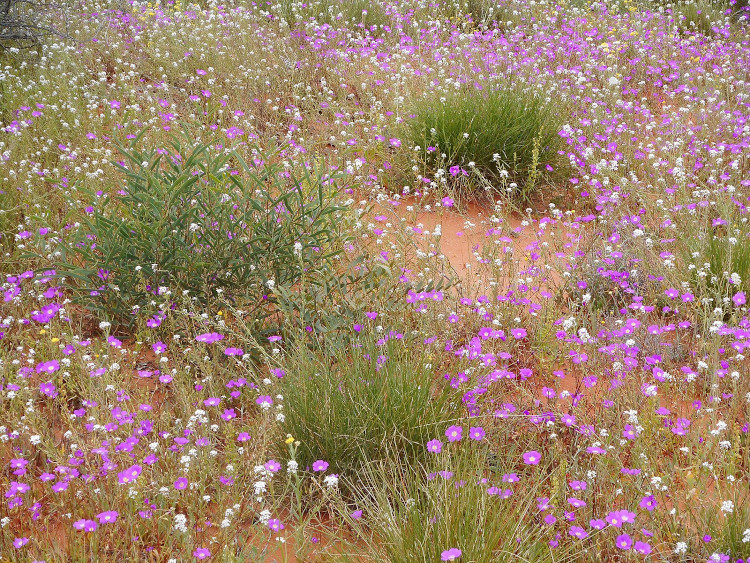Essay by Eric Worrall
Heads I win, tails you lose…
With CO2 Levels Rising, World’s Drylands Are Turning Green
Despite warnings that climate change would create widespread desertification, many drylands are getting greener because of increased CO2 in the air — a trend that recent studies indicate will continue. But scientists warn this added vegetation may soak up scarce water supplies.
BY FRED PEARCE • JULY 16, 2024
…
And Australia is far from alone. From Africa’s Sahel to arid western India, and the deserts of northern China to southern Africa, the story is the same. “Greening is happening in most of the drylands globally, despite increasing aridity,” says Jason Evans, a water-cycle researcher at the Climate Change Research Centre of the University of New South Wales in Sydney, Australia.
What is going on? The primary reason, most recent studies conclude, is the 50-percent rise in carbon dioxide concentrations in the atmosphere since preindustrial times. This increased C02 is not just driving climate change, but also fast-tracking photosynthesis in plants. By allowing them to use scarce water more efficiently, the CO2-rich air fertilizes vegetation growth in even some of the driest places.
…
The negative impacts of hotter, drier climates have not gone away; but in most arid lands this CO2 fertilization effect is proving more powerful. This supercharging of plant growth seems unlikely to be short-lived if fossil-fuel burning causes atmospheric concentrations of CO2 to continue rising. A new modeling studypublished last month found that it will, if anything, become more marked in the coming decades. “Most of the global drylands are projected to see an increase in vegetation productivity,” says Evans, a coauthor of the study.
…
Water is not the only potential limiting factor in plant growth in arid lands. The availability of nutrients, particularly nitrogen, is another. That raises questions about whether the benefits of CO2 fertilization will continue to increase. But recent climate modeling suggests that the greening of drylands is unlikely to slow before mid-century and may speed up.
…
So is this all good news? Far from it, ecologists warn. Most obviously, the greening created by agricultural irrigation of fields can play havoc with scarce water reserves and obliterate valuable arid-land ecosystems
…
Read more: https://e360.yale.edu/features/greening-drylands-carbon-dioxide-climate-change
What can I say? The climate science prediction that CO2 would cause deserts to expand turns out to be dead wrong – but it’s still bad news.
Related
Discover more from Watts Up With That?
Subscribe to get the latest posts sent to your email.


